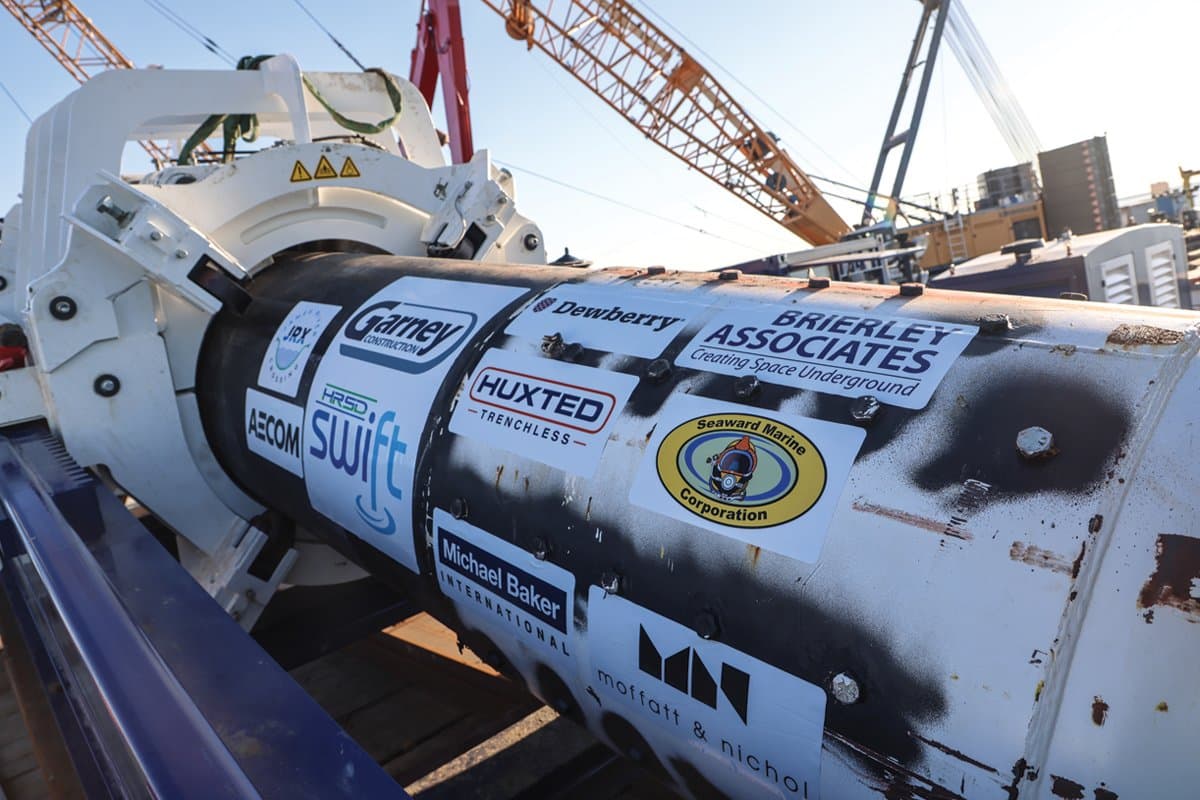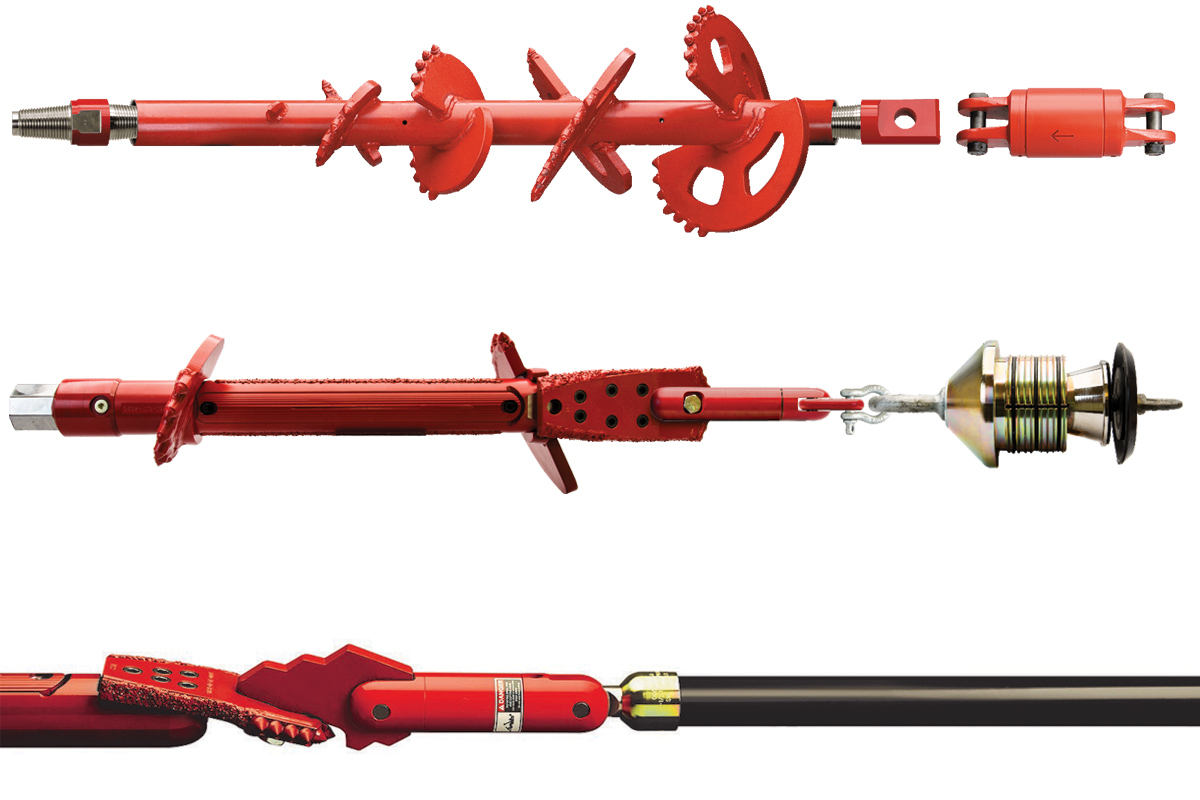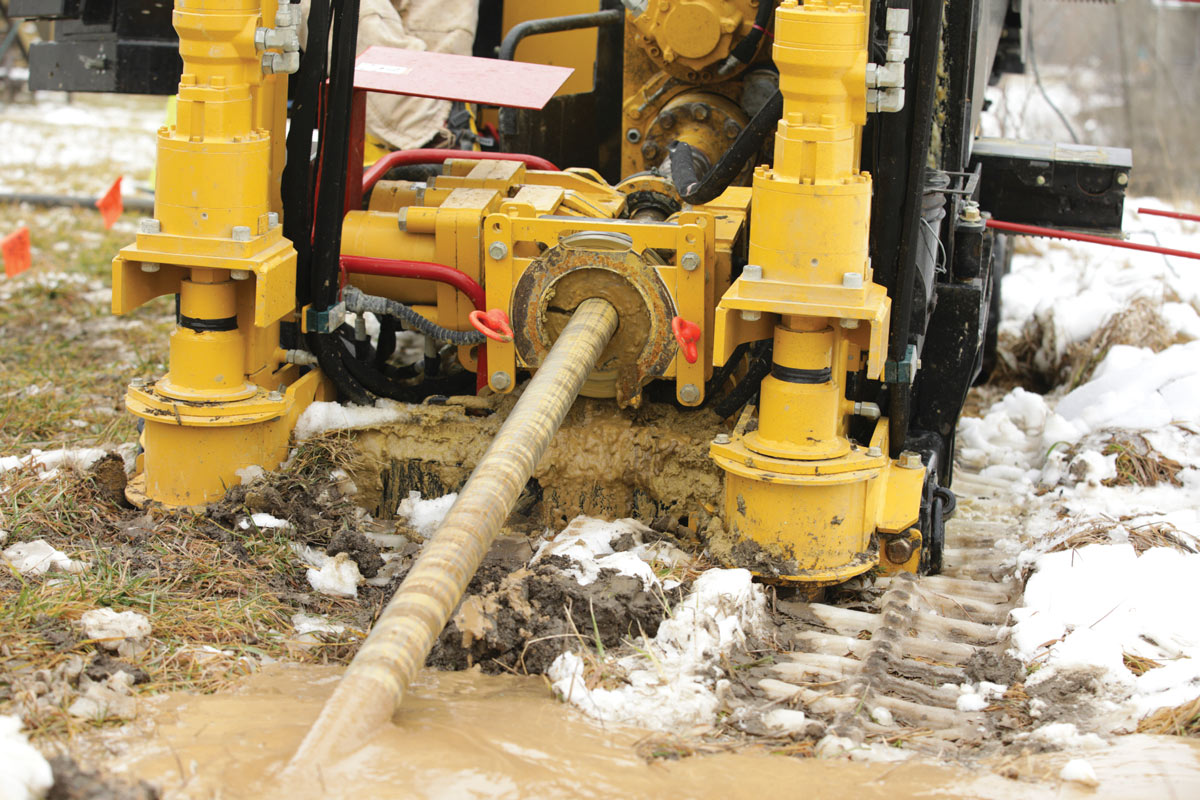
Why HDD Drill Pipe Bend Radius Matters
There is a very important reason that horizontal directional drilling (HDD) drill pipe manufacturers publish the bend radius of every size of drill pipe they produce — BECAUSE IT MATTERS!
It matters a great deal to the useful life of the pipe and with regard to every component of the pipe, the pin and box connections, the mid-body and even in the upset runout area of one-piece upset forged pipe and in the weld zone, in the case of inertia-welded pipe. It also matters a great deal with respect to completing successful bores, which translates to increased profits. In this article we’ll take a look at what bend radius actually is, how it affects the useful life of the pipe and the problems associated with exceeding the specified bend radius.
First, let’s gain an understanding of what bend radius truly is. The actual definition of bend radius is the amount of forward distance, expressed in feet, required for the particular drill string to perform a 90-degree turn. Many drillers and others in the industry think bend radius is the amount (ft) of pipe to perform the 90-degree turn. As you can imagine this misunderstanding could lead to serious consequences in the field. Take for example, the drill pipe used on a Vermeer D24x40 class drill, most manufacturers specify the bend radius for this one-piece forged, S-135 grade pipe at 108 ft. Seeing that this pipe is 10 ft long, it would require 11 joints of pipe just to achieve the forward distance required of the bend radius spec, this does not even take into consideration actually performing the 90-degree curve.
To read more, follow this link to download a copy of the 2021 HDD Guide.




